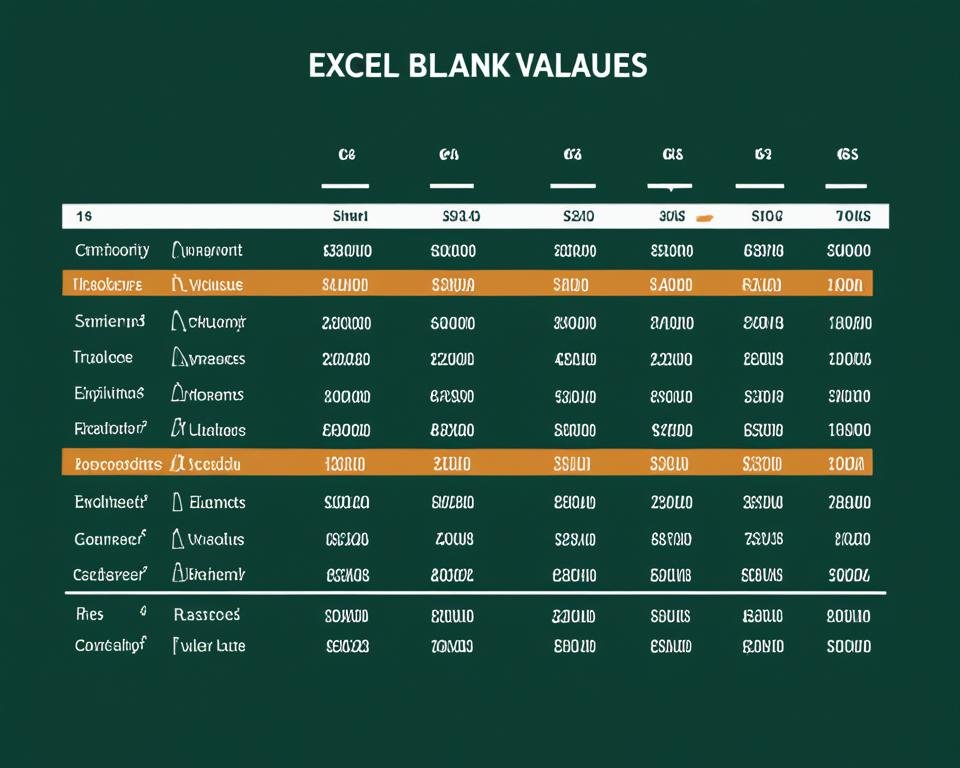RWilliams500
New member
- Local time
- Today, 13:03
- Joined
- May 22, 2024
- Messages
- 10
This formula is working fine as far as I can tell.
=FILTER(SORTBY(tblBasketList, tblBasketList[Unit], 1, tblBasketList[Basket], 1), (tblBasketList[Last] <>"") * ((tblBasketList[Crew]= "B") + (tblBasketList[Crew] = "Days")) * (tblBasketList[NL]=""))
Rows without a blank name, in the B and Days crews, and with a blank spot in the NL column, sorted by the Unit and then the Basket.
This formula, similar to the working one, is not working.
=FILTER(SORTBY(tblBasketList, tblBasketList[Last], 1, tblBasketList[First], 1), (tblBasketList[Last] <>"") * (tblBasketList[NL]=""))
The filters just don't work. I'm obviously missing something. Can anyone help by pointing out what in the second one is causing it to not filter?
=FILTER(SORTBY(tblBasketList, tblBasketList[Unit], 1, tblBasketList[Basket], 1), (tblBasketList[Last] <>"") * ((tblBasketList[Crew]= "B") + (tblBasketList[Crew] = "Days")) * (tblBasketList[NL]=""))
Rows without a blank name, in the B and Days crews, and with a blank spot in the NL column, sorted by the Unit and then the Basket.
This formula, similar to the working one, is not working.
=FILTER(SORTBY(tblBasketList, tblBasketList[Last], 1, tblBasketList[First], 1), (tblBasketList[Last] <>"") * (tblBasketList[NL]=""))
The filters just don't work. I'm obviously missing something. Can anyone help by pointing out what in the second one is causing it to not filter?

